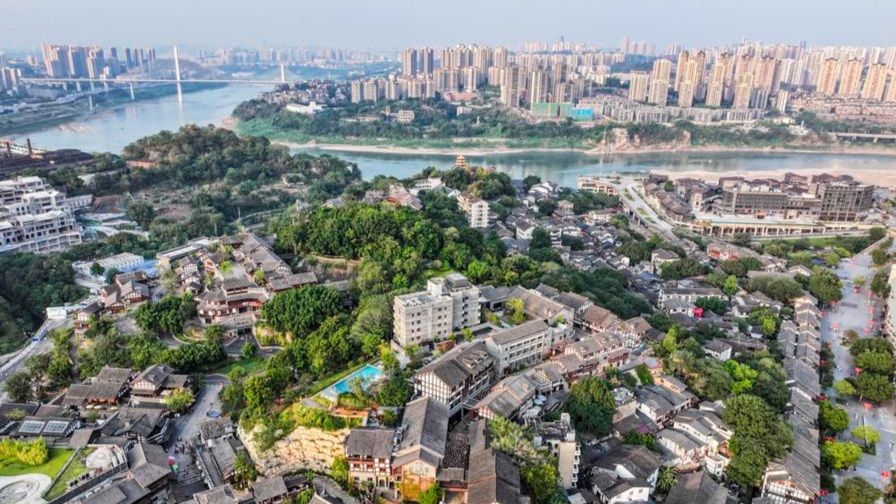
BEIJING - The recent tone-setting meeting on urban development indicated that China's urbanization is shifting from large-scale quantity expansion to one focused on improving the quality and efficiency of existing urban areas.
"This significant judgment not only reveals new characteristics of urban development in our country but also provides direction for future urban work," said Wang Kai, president of the China Academy of Urban Planning & Design.
The urbanization rate of the permanent resident population in China has increased from 53.1 percent in 2012 to 67 percent in 2024. Based on international experience and urban development patterns, an urbanization rate between 30 percent and 70 percent is generally considered a period of rapid urbanization, according to Wang, adding that China has entered the late phase of relatively rapid urban development, and the intrinsic logic of urban development is undergoing profound changes.
READ MORE: Urban renewal calls for diversified funding sources
"Shifting from scale expansion to quality enhancement implies that urban development must now rely less on traditional factors such as land and capital and more on new factors including knowledge, data, technology and management, aiming for higher quality, greater efficiency, more equitable, sustainable and safer development," Wang noted.
The Central Urban Work Conference, held in Beijing on Monday and Tuesday, stated that since the Communist Party of China's (CPC) 18th National Congress in 2012, the CPC Central Committee has adhered to developing cities of the people, for the people, and by the people. Historic achievements have been made in urban development, it added.
Between 2013 and 2024, China created over 150 million new urban jobs.
China, a traditionally agricultural country, has seen its urbanization pick up after the reform and opening-up drive began in the late 1970s. More than a decade ago, the country's urban population exceeded the rural population.
Yang Baojun, president of the Urban Planning Society of China, said that the laws of urban development have demonstrated that the old path of large-scale incremental expansion is no longer viable. Rather than passively responding to challenges, cities should proactively adapt to high-quality development and explore new pathways.
The meeting held earlier this week established key priorities for urban development, including optimizing the modern urban system, building vibrant cities powered by innovation, and creating comfortable and convenient living environments, as well as promoting green, low-carbon, and beautiful urban spaces.
The priorities also include enhancing urban safety and resilience, fostering cities that uphold moral integrity and social civility, and advancing the development of convenient, efficient and smart cities, the meeting said.
Cui Kai, an academician of the Chinese Academy of Engineering, pointed out that these priorities closely align with the goal of building modern cities of the people, which encompasses both hardware improvements and software development, and addresses the immediate issues while also planning for long-term growth, reflecting a profound understanding of the urban development laws.
READ MORE: Community planners pioneering local governance
"Looking ahead, China will jointly promote urban physical examination and urban renewal, formulate special plans for urban renewal scientifically, and focus on key tasks such as complete community construction, renovation of old urban residential communities, and historical and cultural heritage preservation," said Chen Shaopeng, an official from the Ministry of Housing and Urban-Rural Development.
"Furthermore, it is essential to collaboratively refine supportive policies related to land, taxation and finance to accelerate the establishment of a sustainable urban renewal model," Chen added.
There are more than 690 cities scattered across China, with a population of 940 million residing in urban areas.


